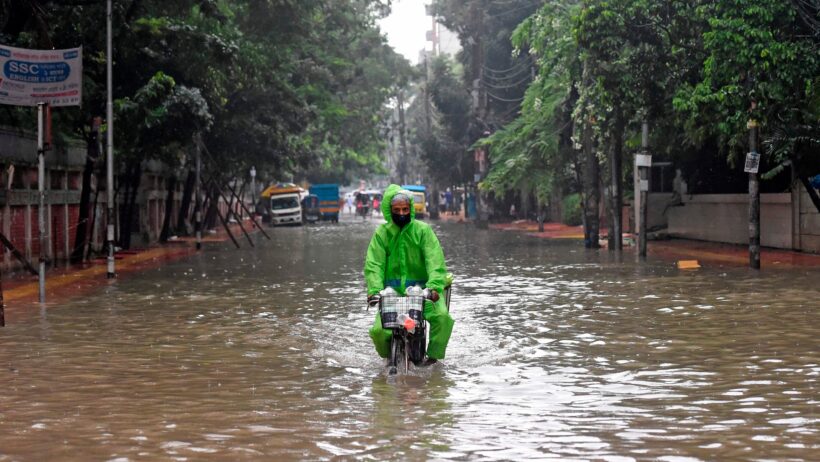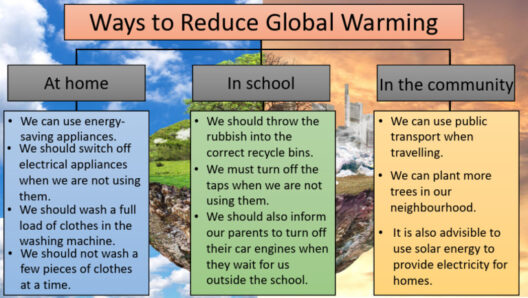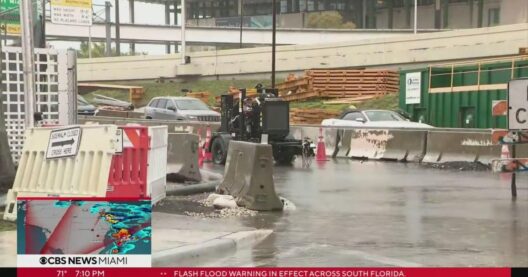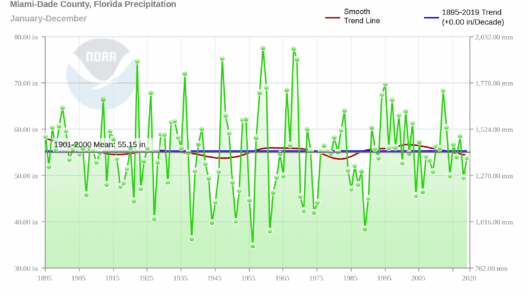Imagine you’re standing at the beach, the sun gleaming down, the waves rhythmically lapping at the shore. Now, picture this idyllic scene shifting over the course of a few decades. A question emerges: what if those waves are not just gently rolling in but instead creeping higher, encroaching on your favorite spot? This is not a fanciful scenario but a pressing reality driven by climate change and the phenomenon of sea level rise.
Sea level rise is predominantly a consequence of two key processes associated with climate change: thermal expansion and increased melting of glaciers and ice sheets. As global temperatures escalate, oceans absorb heat, causing water to expand—a phenomenon known as thermal expansion. Simultaneously, polar ice caps and glaciers, once stable fixtures, succumb to rising temperatures, releasing vast volumes of freshwater into the oceans. Together, these processes precipitate an alarming acceleration in sea levels.
The statistics are staggering. According to scientists, global sea levels have risen by approximately eight inches since the late 19th century. Projections suggest that if current trends persist, coastal regions could witness an additional rise of one to four feet by the end of this century. This anticipated elevation poses a challenge not only for our coastlines but also for millions of lives. Have you ever wondered how this will impact those living in coastal cities? The potential implications are vast and multifaceted.
Coastal communities, which are often disproportionately vulnerable, face an existential threat. These areas are home to bustling economies, rich cultural heritage, and vibrant ecosystems. As sea levels rise, the risk of flooding increases—storm surges during hurricanes become more severe, and high tide events become more frequent. Consider cities like Miami or New Orleans, where the landscape is already shaped by adaptability to water. Will these urban centers eventually drown under the relentless tide? The scenario is dystopian yet plausible.
Beyond human habitation, the environmental consequences are equally dire. Rising seas alter salinity levels in estuaries, thereby disrupting delicate ecosystems that rely on specific conditions. Marine habitats, crucial for biodiversity, suffer as species struggle to adapt to fluctuating environments. Coral reefs, for instance, face increased bleaching and mortality rates due to higher water temperatures and ocean acidification. This cascade of ecological consequences further raises questions about the future of our planet’s biodiversity and its ability to flourish.
Moreover, as sea levels rise, freshwater sources become compromised. Saline intrusion can contaminate aquifers, threatening drinking water supplies for millions. Imagine the dire prospects for agricultural zones flanking the coasts, where irreplaceable cropland succumbs to saltwater inundation. Will our world be prepared to combat such a phenomenon? The answer lies in proactive planning and innovative solutions.
Adaptation strategies are essential in tackling the impending crisis of rising tides. Coastal communities are investing in infrastructure designed to withstand flooding, such as seawalls and levees. However, these measures are not without their limitations. Coastal fortifications can provide temporary reprieve but may also inadvertently lead to “coastal squeeze,” where habitats are further restricted. Are we merely placing a bandage on a gaping wound? The intricate balance between preservation and protection warrants deeper exploration.
Moreover, nature itself can offer solutions through ecological restoration. Wetlands, mangroves, and other coastal ecosystems can act as natural barriers against storm surges. For instance, studies suggest that restoring mangrove forests can reduce wave energy significantly and protect coastal communities. Embracing these natural defenses raises the question: can we harness nature in our fight against climate change? If so, it could be a symbiotic relationship fostering resilience against sea level rise.
Additionally, innovative technologies can aid in combating sea level rise. Engineers and environmentalists are exploring solutions such as floating cities or amphibious structures that adapt to changing water levels. Such engineering marvels challenge conventional modalities, prompting us to envision new lifestyles. Will our future harbor vibrant communities existing harmoniously with water? The answer may unfold as we meld creativity with functionality.
Nevertheless, the most critical aspect of addressing rising sea levels is global cooperation and policy formulation. Climate change transcends borders; thus, collaborative efforts are imperative. International agreements, such as the Paris Agreement, aim to mitigate greenhouse gas emissions and curb the dire predictions surrounding sea level rise. However, how do we ensure compliance and commitment from nations around the globe? An informed and engaged populace can drive accountability, advocating for political leaders to prioritize environmental protections.
As the tides rise, so too must our awareness and action. Climate change is not a distant threat but a current crisis manifesting in palpable ways. The playful question of whether our beloved beaches will remain intact turns serious when we consider the societal and ecological upheavals at stake. Indeed, it is a challenge that clutches at the very fabric of human existence. As guardians of the Earth, it is our duty to safeguard our coasts, restore our ecosystems, and innovate sustainable solutions.
The narrative of sea level rise serves as a clarion call, urging all of us to engage in preventive measures today. Future generations will inherit our choices, and the actions we take collectively will determine the trajectory of our coasts and the myriad life forms they sustain. It’s time to rise to the challenge—before the tides rise beyond our means to adapt.








